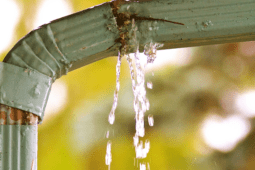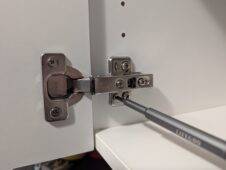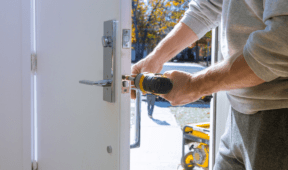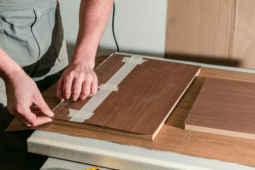The Scary Reason Why You Should Never Mix Bleach With These Three Things
We’ve all had that moment while cleaning when we think, “Maybe if I mix these together, it’ll work better.” It sounds harmless enough, until it’s not. Bleach is powerful on its own, but when combined with the wrong thing, it can create gases that are dangerous to breathe. In fact, some mixes can even be deadly. Before you reach for that second cleaner, here’s what you need to know about bleach and the three things you should never mix it with.
Why Bleach Is So Reactive

Bleach is made with sodium hypochlorite, which is great for killing germs but unstable when mixed with other chemicals. It reacts fast and aggressively, often releasing toxic gases you can’t always see right away, which makes it even more dangerous. The problem isn’t that bleach “fails” to clean when mixed, it’s that it starts acting like something closer to a science experiment gone wrong. Keeping bleach separate from other chemicals is important for protecting your lungs, and your life.
Bleach And Ammonia: A Toxic Mix
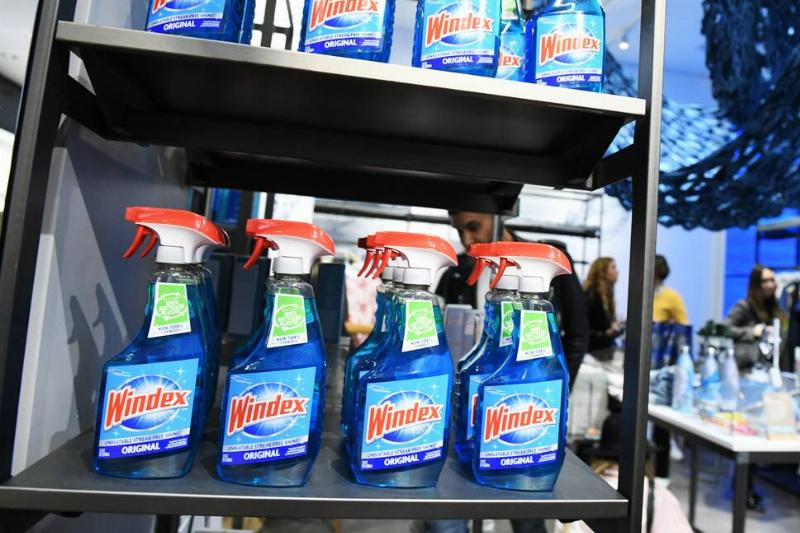
Mixing bleach with ammonia releases chloramine gas, which can cause coughing, chest pain, and trouble breathing almost immediately. Both are commonly used cleaners, so it’s easy to accidentally mix, like using a glass cleaner with ammonia right after bleaching the same surface. Even small amounts can make you dizzy or nauseous. If you ever notice a sharp, irritating smell after cleaning, stop right away and get fresh air. Ammonia is in more cleaners than many people realise too, so always double-check before bringing it anywhere near bleach.
Bleach And Vinegar: Another Risky Pair

You might think vinegar and bleach sound harmless together, they’re both used for disinfecting and vinegar is pretty natural, but this combo releases chlorine gas. It’s the same chemical once used for chemical warfare during World War I. Even mild exposure can irritate your eyes and throat, and in higher amounts, it can cause serious, lasting damage. If you like using vinegar for cleaning, that’s fine, just rinse away any bleach completely before using it. Never mix them in the same bottle or bucket either.
Bleach And Rubbing Alcohol: Not What You Think

This one surprises people. When you mix bleach and rubbing alcohol, it creates chloroform and other toxic compounds. Yes, the same chloroform you’ve seen in old movies, only it’s not as funny in real life. The fumes can cause dizziness, headaches, or worse if inhaled in a closed space, like a bathroom with the windows closed. Since both are strong disinfectants, pick one or the other, but never both at the same time.
The Hidden Risk Of “Unknown Mixes”

Sometimes the danger happens by accident, like pouring bleach into an old, unlabeled spray bottle or cleaning a surface without realizing another cleaner was used there earlier. That leftover residue can react dangerously, even hours later. Always read product labels and rinse surfaces before switching products. When in doubt, stick to soap and water first, then disinfect with bleach afterward if needed. Simple and safe beats risky and rushed.
What To Do If You’ve Already Mixed Them

If you ever realize you’ve made one of these combinations by accident, don’t panic, but act fast. Open windows, turn on fans, and leave the area immediately. Do not try to “fix” it with more cleaner and make sure that nobody else enters the room that you were cleaning. If you feel lightheaded, have trouble breathing, or your eyes start burning, get medical help right away. It’s better to overreact for safety’s sake than risk serious harm from toxic fumes.
Safe Ways To Use Bleach Instead

Used properly, bleach is still one of the most effective disinfectants out there. Always dilute it with water, never use it at full strength, and make sure you have good ventilation in the area that you’re cleaning. Stick to one cleaner at a time, and never assume “more” means “better.” If you want a multi-step clean, rinse the surface thoroughly between products. Think of bleach as a powerful tool, not a mix-and-match solution. This article shouldn’t stop you from using bleach, in fact, you should feel more confident now that you know how to use it safely.
Related Articles
-Don't Use Disinfectant Wipes To Clean These 9 Things
-Never Put These 8 Things On Your Windowsill
-How To Test Your Home For Mold (And How To Get Rid Of It)
Cleaning feels good, it’s how we make our spaces feel fresh and safe. But sometimes, good intentions meet bad chemistry and create a dangerous reaction. Bleach can do amazing work, but it demands respect and care. The rule is simple: bleach should always work alone. When you treat it that way, it stays the helpful cleaner it’s meant to be, not the source of a scary science lesson you didn’t ask for.

